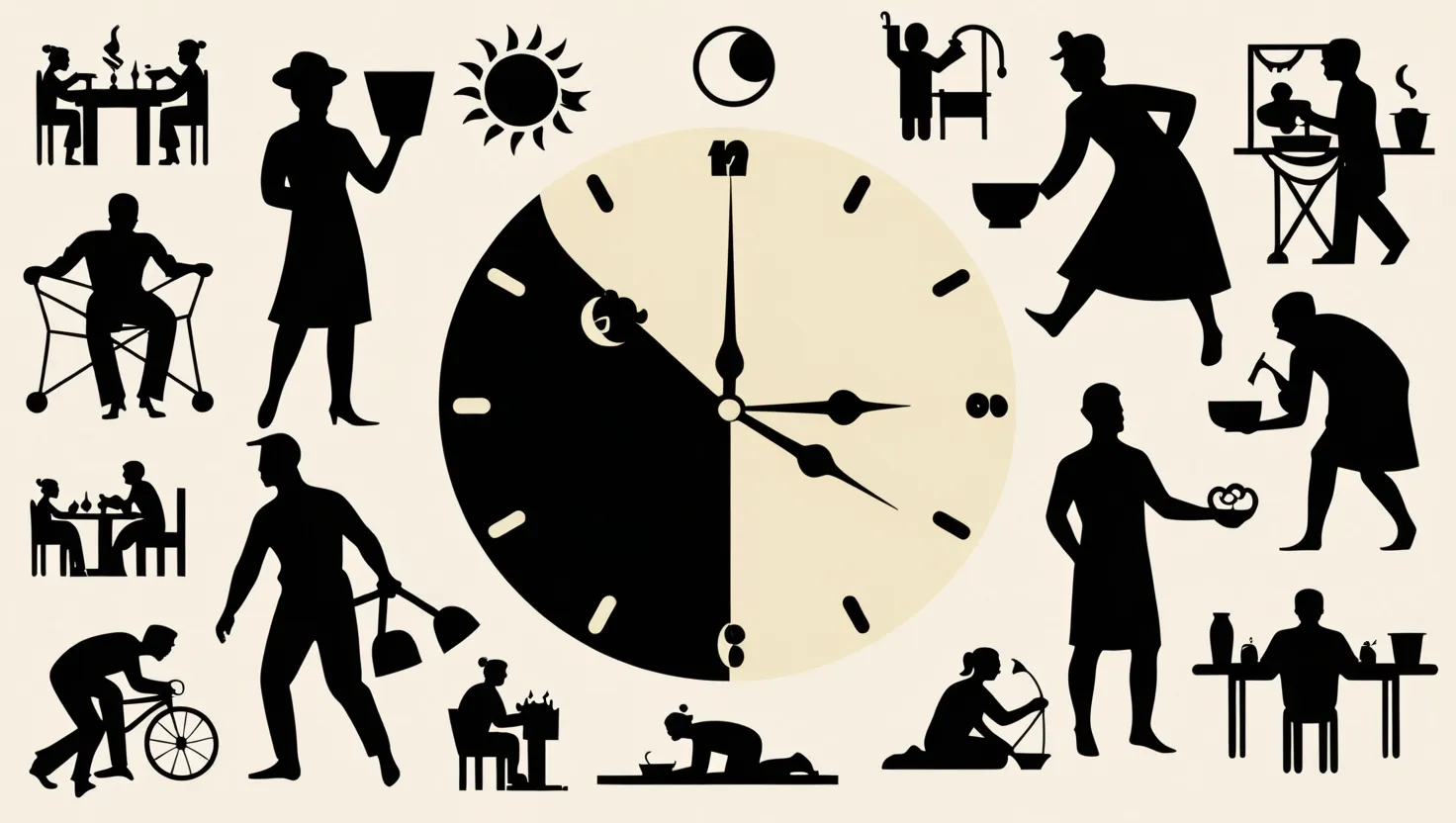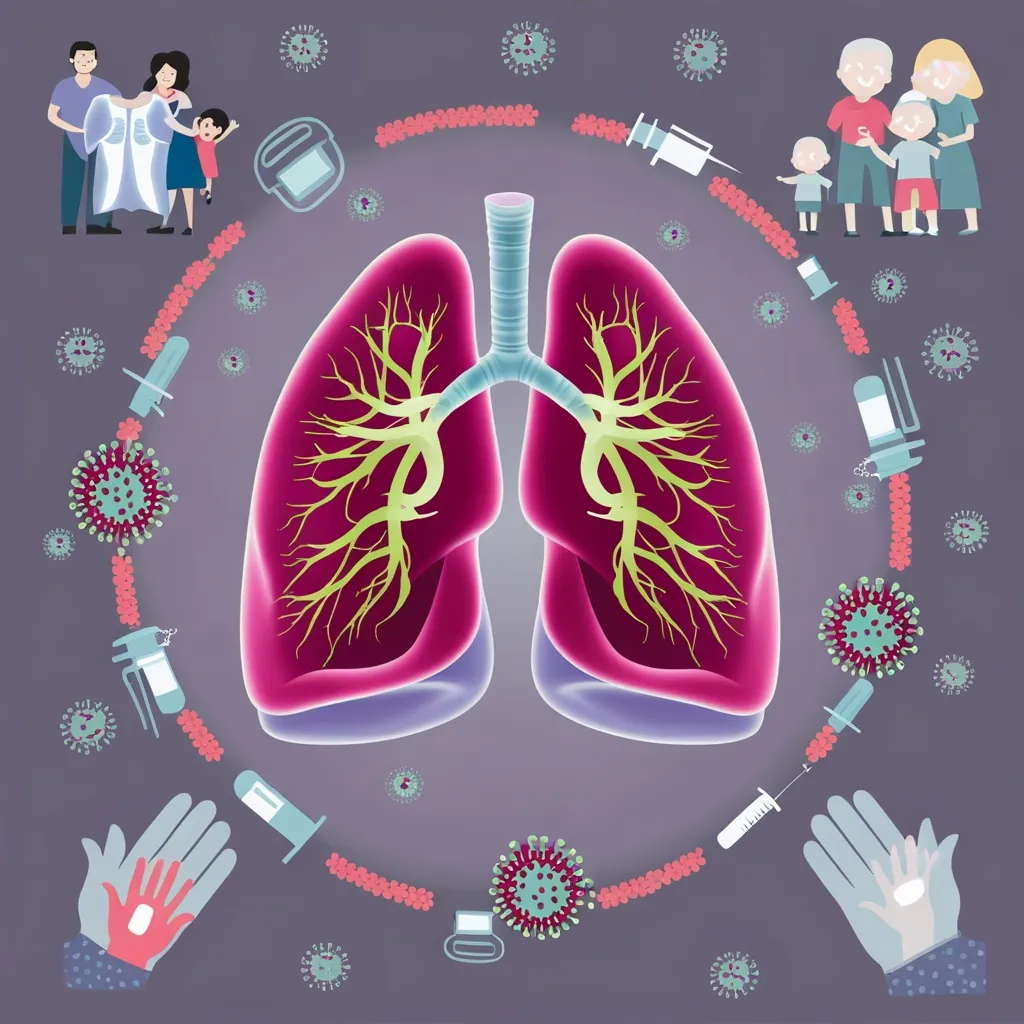In the intricate dance between our bodies and the world around us, there is a often-overlooked conductor: our internal biological clock, or circadian rhythm. This natural cycle, which follows a roughly 24-hour pattern, influences everything from our sleep-wake cycles to our metabolic processes and hormone release. A growing field of research, known as chronotherapy, is revolutionizing the way we approach medical treatments by aligning them with these internal rhythms.
The Basics of Circadian Rhythms
To understand chronotherapy, it’s essential to grasp the concept of circadian rhythms. These are biological processes that occur in a 24-hour cycle, regulated by a master clock in the brain called the suprachiasmatic nucleus (SCN). The SCN responds to external cues like light and temperature to synchronize our bodily functions with the day-night cycle. This synchronization is crucial for maintaining health; when our internal clock is out of sync with the external environment, it can lead to various health issues, including sleep disorders, mental illnesses, and even cancer.
Chronotherapy in Sleep Disorders
One of the most common applications of chronotherapy is in the treatment of sleep disorders, particularly delayed sleep-phase syndrome (DSPS). People with DSPS often find it impossible to fall asleep at a reasonable hour, leading to significant social and professional challenges. Chronotherapy for DSPS involves a unique approach where the patient gradually delays their bedtime and wake-up time by a few hours each day until they reach a normal sleep schedule. For example, if a patient normally sleeps from 4 AM to 12 PM, they might start by going to bed at 7 AM and waking up at 3 PM, then adjust their sleep times every few days until they achieve a more conventional sleep-wake cycle.
Beyond Sleep: Chronotherapy in Other Conditions
Chronotherapy is not limited to sleep disorders. It has been explored in various other conditions, including asthma. Asthma symptoms often worsen in the early morning hours, so chronotherapy involves timing medication to peak during these critical hours. For instance, certain bronchodilators are taken in the evening to ensure they are fully effective by the early morning, helping patients breathe more easily and get a good night’s rest.
Cancer Treatment and Chronotherapy
In the realm of cancer treatment, chronotherapy is emerging as a promising strategy. Cancer cells, like other cells in the body, follow circadian rhythms that affect their growth and response to treatments. By timing chemotherapy and other treatments according to the patient’s circadian cycle, healthcare providers can maximize the effectiveness of the treatment while minimizing side effects. For example, studies have shown that administering certain chemotherapeutic agents like oxaliplatin in the late afternoon can reduce toxicity and improve tumor response. Similarly, radiotherapy timed according to the patient’s circadian rhythm can lead to better survival rates and reduced side effects in conditions such as non-small cell lung cancer.
The Science Behind Chronotherapy in Cancer
The impact of chronotherapy on cancer treatment is rooted in the circadian regulation of cellular processes. Cell cycle progression, DNA repair mechanisms, and even the immune response are all influenced by the body’s internal clock. For instance, the expression of certain genes involved in cell cycle regulation varies throughout the day, making some times more favorable for chemotherapy. In glioblastoma, a highly aggressive form of brain cancer, chronotherapy has been explored to optimize the timing of treatments like temozolomide and bortezomib, leading to improved survival rates and reduced side effects.
Challenges and Future Directions
While chronotherapy holds significant promise, its implementation in healthcare systems is not without challenges. Personalizing treatment schedules to individual circadian rhythms requires a high degree of precision and flexibility. It involves monitoring patients’ natural cycles and adjusting treatment times accordingly, which can be complex and resource-intensive. Additionally, the variability in human circadian rhythms means that what works for one patient may not work for another, necessitating a tailored approach for each individual.
Broader Implications and Potential
The implications of chronotherapy extend beyond medical treatments. Understanding and respecting our internal clocks can have a profound impact on our overall health and well-being. For instance, eating in sync with our circadian rhythms can improve metabolic health, and exercising at the right times can enhance physical performance. In a world where lifestyle choices are increasingly influenced by external factors rather than internal biological cues, chronotherapy serves as a reminder of the importance of aligning our lives with our natural rhythms.
Real-World Applications
In practical terms, chronotherapy can be applied in various aspects of daily life. For example, if you’re someone who works night shifts, understanding your circadian rhythm can help you adjust your sleep schedule and reduce the risk of sleep disorders. Similarly, athletes can optimize their training schedules to coincide with their natural energy peaks, leading to better performance and recovery.
The Future of Healthcare
As research in chronotherapy continues to evolve, it is likely to reshape the way we approach healthcare. Imagine a future where every medical treatment is timed to your unique biological clock, maximizing effectiveness and minimizing side effects. This personalized approach to medicine could lead to better health outcomes, improved quality of life, and a more efficient healthcare system.
In conclusion, chronotherapy is more than just a medical technique; it’s a way of respecting and working with our body’s natural rhythms. By understanding and aligning our treatments with these internal clocks, we can unlock new levels of health and well-being. As this field continues to grow, it promises to revolutionize not just how we treat diseases, but how we live our lives in harmony with our biological selves.






